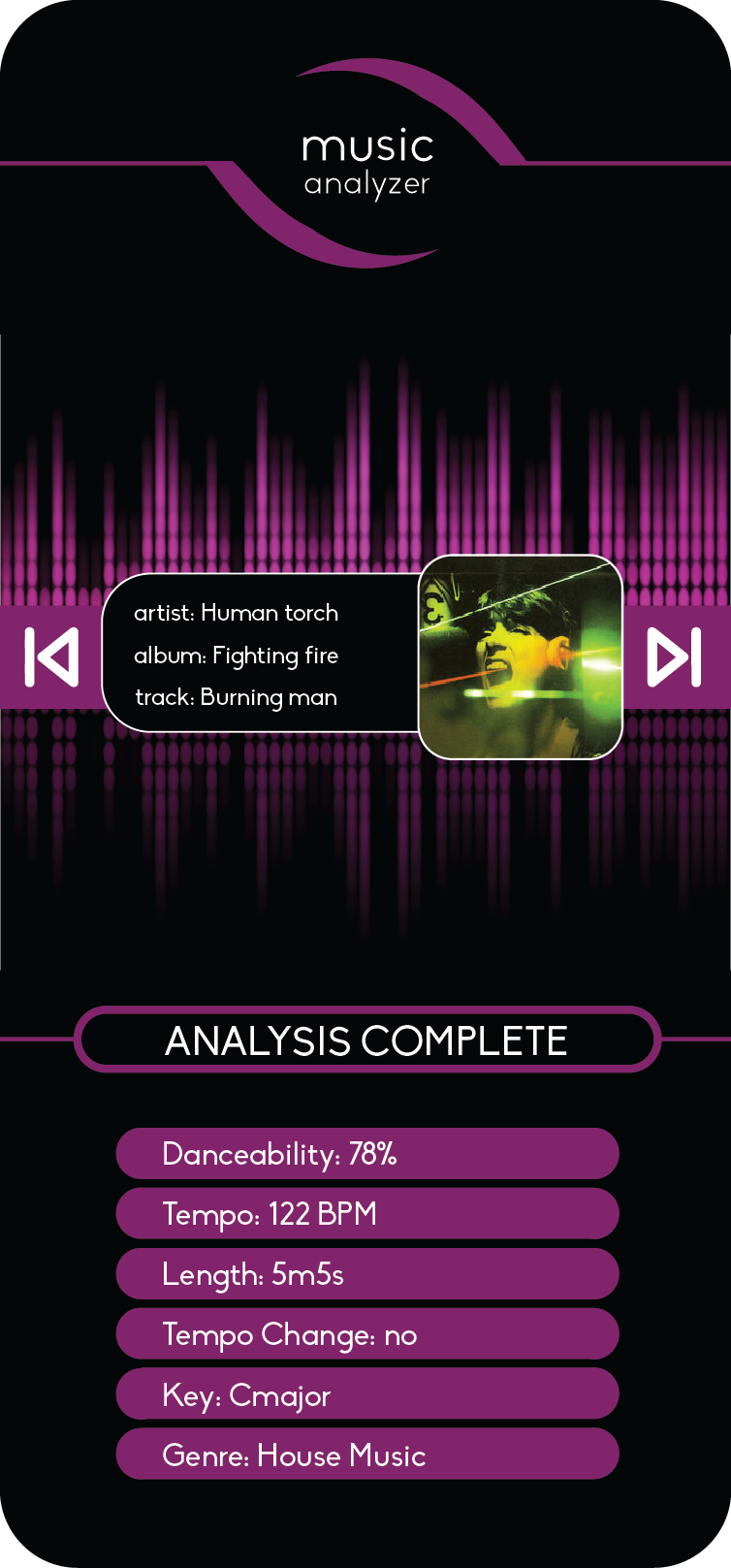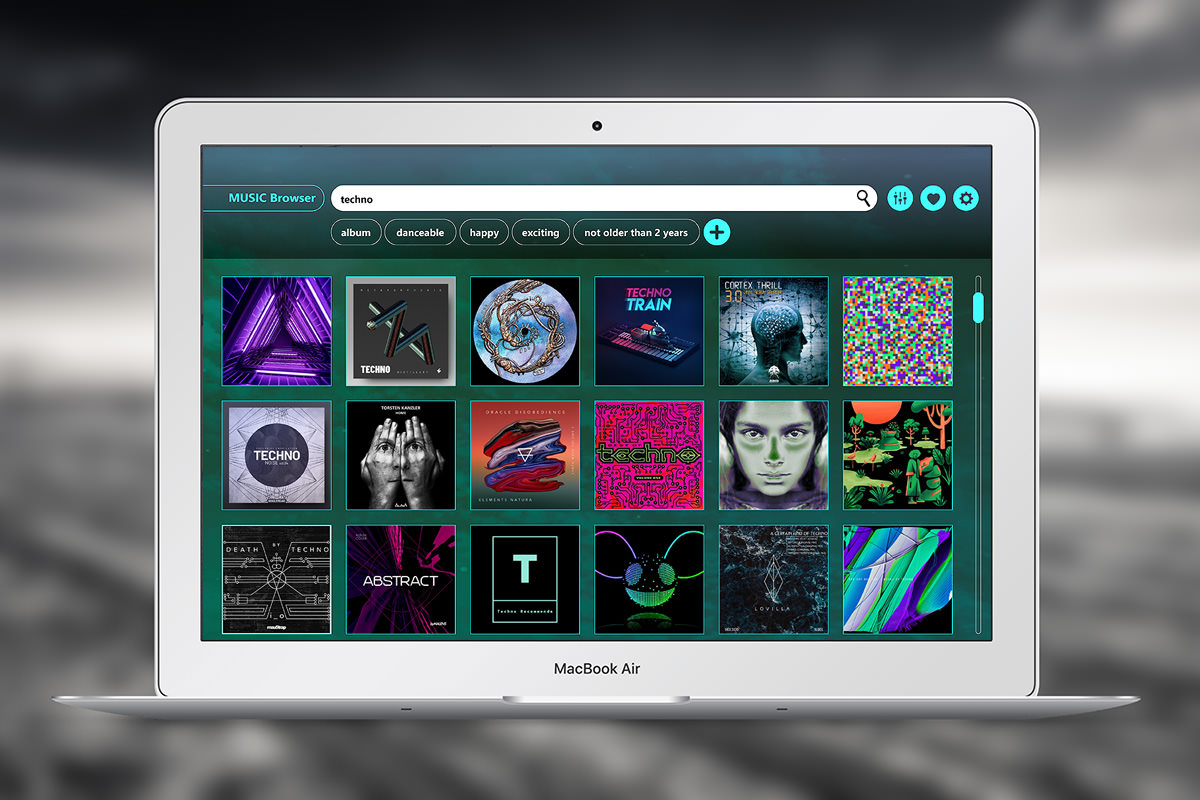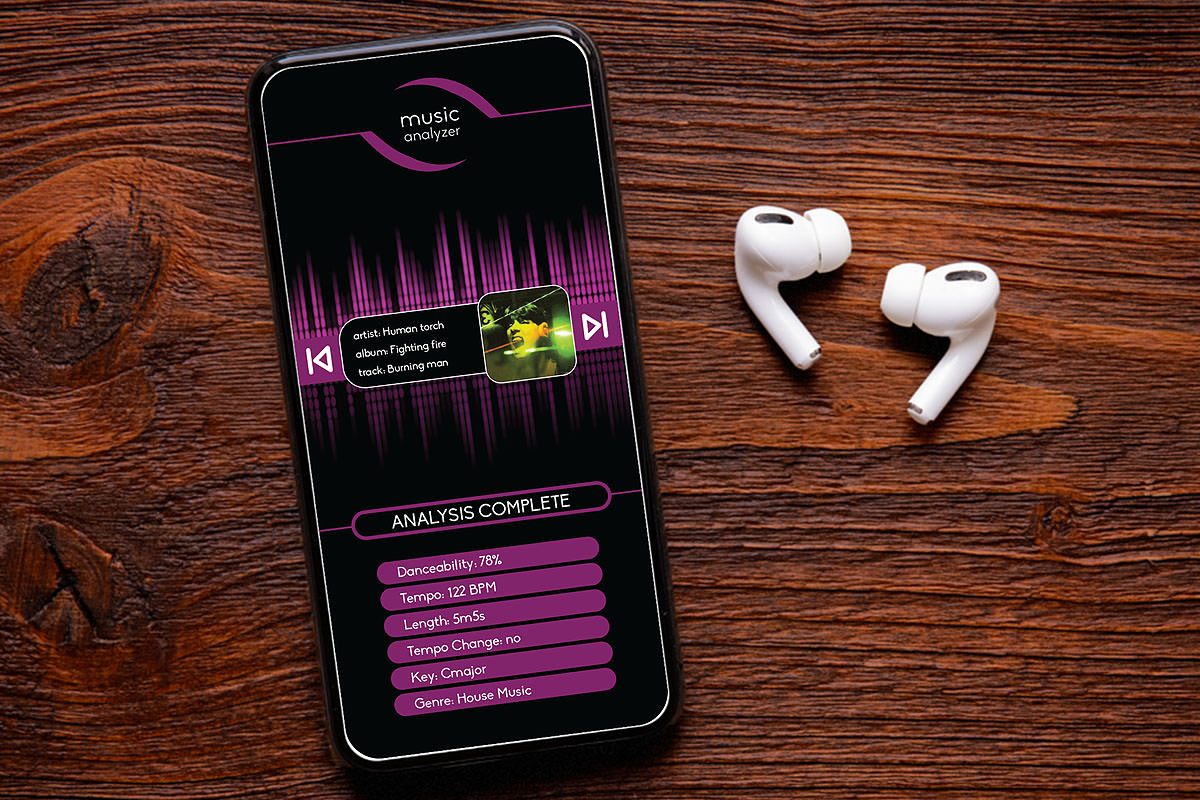What is Music information retrieval (MIR)
It is a method that can provide you instant analyzation of any sound or audio based on its original content rather than just metadata.
- Music information retrieval is exclusively used by smart businesses – mainly creative – to seamlessly manipulate and even create music. The process can save much of your time and energy.
How is MIR used?
- it will analyze the actual content of the audio (waveform) rather than just the metadata (keywords, meta tags). Therefore, it is way more sofisticated and precise way of analyzing audio.
How does it work?
- It is widely used by streaming services like Spotify, Apple Music, Youtube,Deezer and others
Who uses MIR?
- Audio analysis can be used not only for streaming services, but also for any other recommendation tools, for big record labels, audio companies
How else can I use MIR

Would you like to discuss implementation of MIR in your business?
Examples of music information retrieval
Music search engines
This technology is used by businesses and institutions, with an extensive collection of music.
It is a new way of music analysis and searches - extended and more accurate.

The music search engine works on data extraction from an audio waveform from any song followed by advanced search.
We can extract and search for information like tempo, style, genre, danceability, mood, key, or others.
This analytic process does not work with metadata but with information from an audio signal itself.
Music recommendation engine
Recommendation engines became essential tools in all directions of a digital world. The amounts of products are abundant. More than 1 million songs are released annually. This feature can help people make choices in this maze of music releases.
Let us know if you have any further questions

We can measure what listening preferences listeners have.
Further, we can match those preferences with music from a catalog and therefore, create an ideal recommendation.
Playlist generator
It is a standard feature used by streaming platforms like Spotify or Apple Music. As it is with music information retrieval, we start with an analysis.
Later, we can use analysed data to generate playlists based on requirements.
Practical use of the feature goes far beyond the standard streaming platforms. It can be used like a product itself, for instance, as a solution for physical stores, hotels, galleries.

We can use different sources as input, for instance, face mimic, information on what weather is outside, what season of the year it is, and many others.
Thanks to machine learning and music information retrieval, we can analyse that information and decide what music fits the best.
Music metadata management system
Music information retrieval plays a role of an extender of the information about a song, can add its metadata based on machine learning for the particular framework, and mark files more precisely and accurately.
Learn more about our company

Before a song or an album is released, a distributor will embed all the information about that particular song into the song's file.
We usually store data, which can help identify that song later on. For instance: artist name, tempo, genre, ISRC code, BPM...
This information is called metadata.
We use music information retrieval to extend our information about a song. Music metadata management system is accurate, and it helps to avoid errors.
Music Browsing Interface
In this case, music information retrieval helps out with an exploration of a music catalog.
We can create filters with a wide range of requirements for search. Search engines can look for metadata or something extraordinary like colours, moods, commercial success, or others.

Machine learning models and MIR can analyse, classify and describe audio information in a way, which goes far away beyond the old-school metadata manipulation methods.